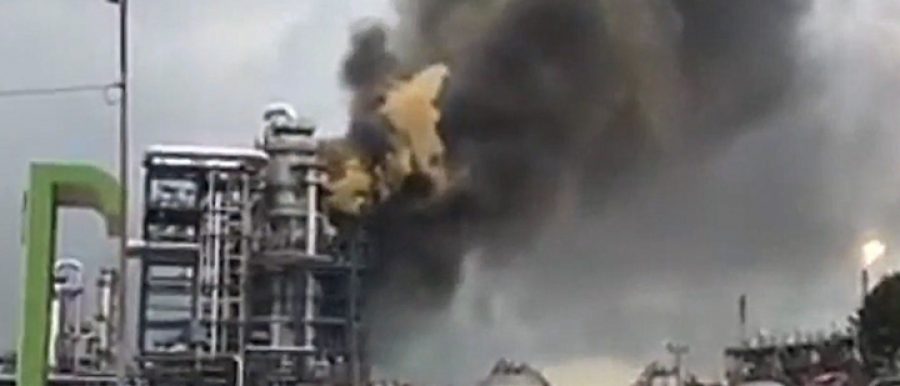Trading tires: How the West fuels a waste crisis in Asia
https://www.reuters.com/article/us-...st-fuels-a-waste-crisis-in-asia-idUSKBN1WX0LD

Tyre pyrolysis plant in Kulai, Johor
Global trade in waste tires has almost doubled in the past five years, mainly to developing countries like India and Malaysia, according to customs data provided to the United Nations.
Many of the tires are sent to recycling operations that comply with emissions and waste disposal regulations. But there is also a vast trade to backyard pyrolysis operations that do not, according to local authorities.
In May, Reuters revealed that a mass poisoning in southern Malaysia had links to companies engaged in pyrolysis. Using unpublished customs data and interviews with dozens of industry sources, Reuters documented a growing international trade in waste tires that pollute the communities that host them, according to local authorities and health experts.
For many developed countries, shipping tires abroad is cheaper than recycling them domestically. That helped drive international trade in rubber waste to nearly 2 million tonnes in 2018, equivalent to 200 million tyres, from 1.1 million tonnes in 2013.
State-of-the-art plants can cost tens of millions of dollars, whereas basic Chinese-made pyrolysis equipment is available from online retailers for as little as $30,000. Pyrolysis plants have mushroomed in the southern Malaysian state of Johor over the last decade, industry sources said, where they supply fuel for ships.
At one plant visited by Reuters near the Johor town of Kulai, Bangladeshi immigrants covered in carbon dust shovelled tires imported from Australia and Singapore into a Chinese-made furnace. They lived onsite in a hut next to the kilns.
“People don’t know where old tyres go,” said the owner, who gave his name only as Sam. “But if my factory doesn’t exist, where will the tires go?” He said he had a license to operate. Reuters could not verify this.
https://www.reuters.com/article/us-...st-fuels-a-waste-crisis-in-asia-idUSKBN1WX0LD

Tyre pyrolysis plant in Kulai, Johor
Global trade in waste tires has almost doubled in the past five years, mainly to developing countries like India and Malaysia, according to customs data provided to the United Nations.
Many of the tires are sent to recycling operations that comply with emissions and waste disposal regulations. But there is also a vast trade to backyard pyrolysis operations that do not, according to local authorities.
In May, Reuters revealed that a mass poisoning in southern Malaysia had links to companies engaged in pyrolysis. Using unpublished customs data and interviews with dozens of industry sources, Reuters documented a growing international trade in waste tires that pollute the communities that host them, according to local authorities and health experts.
For many developed countries, shipping tires abroad is cheaper than recycling them domestically. That helped drive international trade in rubber waste to nearly 2 million tonnes in 2018, equivalent to 200 million tyres, from 1.1 million tonnes in 2013.
State-of-the-art plants can cost tens of millions of dollars, whereas basic Chinese-made pyrolysis equipment is available from online retailers for as little as $30,000. Pyrolysis plants have mushroomed in the southern Malaysian state of Johor over the last decade, industry sources said, where they supply fuel for ships.
At one plant visited by Reuters near the Johor town of Kulai, Bangladeshi immigrants covered in carbon dust shovelled tires imported from Australia and Singapore into a Chinese-made furnace. They lived onsite in a hut next to the kilns.
“People don’t know where old tyres go,” said the owner, who gave his name only as Sam. “But if my factory doesn’t exist, where will the tires go?” He said he had a license to operate. Reuters could not verify this.


